MCU (Micro Controller Unit), also known as Single Chip Microcomputer (Single Chip Microcomputer), refers to the computer, CPU, RAM, ROM, timer and multi-computer The I/O interface is integrated on a chip to form a chip-level computer. The MCU can be classified into an in-chip ROM type and an on-chip ROM type according to its memory type.
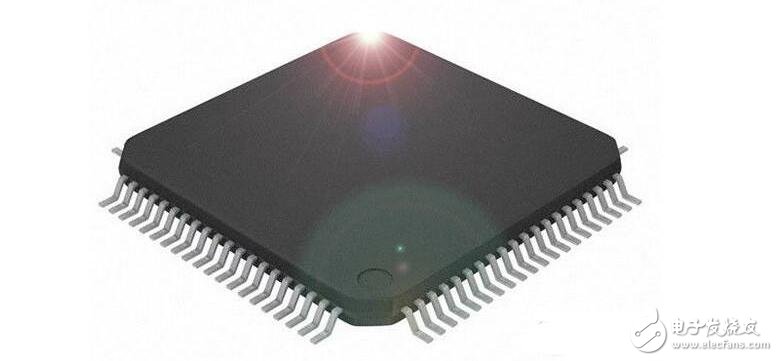
For chips without an on-chip ROM type, an external EPROM must be used (the typical chip is 8031). The chip with on-chip ROM type is divided into on-chip EPROM type (typical chip is 87C51), MASK on-chip mask ROM type (typical chip is 8051), on-chip FLASH type (typical chip is 89C51), etc. Abbreviation for Central Processing Unit, which can be referred to as Microprocessor for short, but is often referred to directly as a processor.
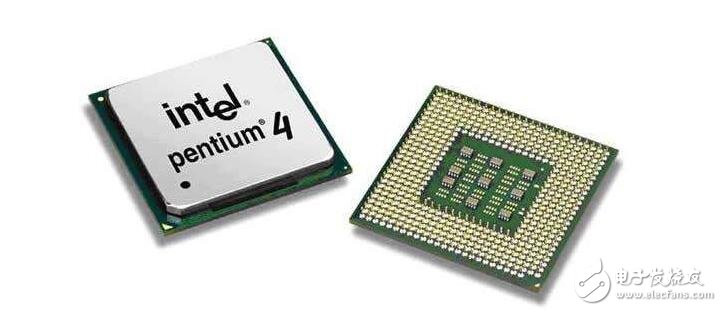
Don't ignore the role of these acronyms. The CPU is the core of the computer. Its importance is like that of the human being, because it is responsible for processing and computing all the data inside the computer. The motherboard chipset is more like the heart, it controls Exchange of data. The type of CPU determines the operating system and corresponding software you use. The CPU is mainly composed of an arithmetic unit, a controller, a register set, and an internal bus. It is the core of the PC, and is equipped with a memory, an input/output interface, and a system bus to form a complete PC (personal computer). The register set is used to store the operands and intermediate data after the instruction is executed, and the arithmetic unit completes the operations and operations specified by the instructions.
The boundary between the CPU and the MCU is not very clear, but the CPU is mainly used on the computer, and it is also a controller. The MCU is mainly in the field of industrial control, and the DSP is also widely used. For example, DSP can achieve MP3 decoding, motor control and so on. It is characterized by faster processing speed.
The CPU (Central Processing Unit) has developed three branches, one is DSP (Digital Signal Processing/Processor), and the other two are MCU (Micro Control Unit) and MPU ( Micro Processor Unit, microprocessor unit).
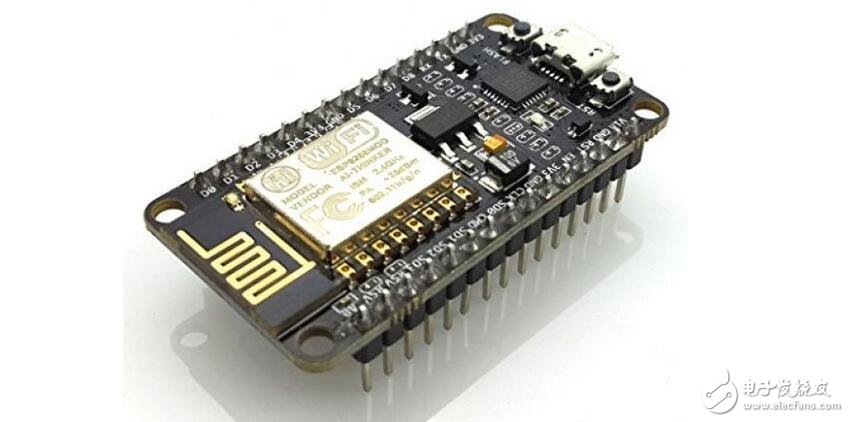
The MCU integrates on-chip peripheral devices; the MPU does not have peripheral devices (such as memory arrays), is a highly integrated general-purpose processor, and is an MCU with integrated peripherals removed; DSP has strong computing power and is good at many repeated data operations. The MCU is suitable for processing diagnostics and calculations of multiple data sources of different information sources, focusing on control, and the speed is not as good as DSP.
The biggest difference between an MCU and a DSP is its versatility, which is reflected in the instruction set and addressing mode. The combination of DSP and MCU is DSC, which will eventually replace these two chips.
Among the most commendable achievements of the 20th century, there are developments in integrated circuits and electronic computers. Microcomputers that emerged in the 1970s caused far-reaching changes in the science and technology world. In the mid-1970s, a small faction, the MCU, was split in the family of microcomputers. With the emergence of 4-bit microcontrollers, 8-bit microcontrollers were introduced. The emergence of the MCS48 series, especially the MCS51 series of single-chip microcomputers, established the status of the microcontroller as a microcontroller (MCU), which caused a new revolution in the field of microcomputers. In today's world, microprocessors (MPUs) and microcontrollers (MCUs) form two distinct branches. They are different from each other, but they merge and promote each other. Unlike the rapid development of microprocessors (MPUs) characterized by computational performance and speed, microcontrollers (MCUs) are marked by the continuous improvement of their control functions.
Mcu .cpu .dsp differs in their computing power and focus on the application area.
Mcu focuses on industrial control, simple function, has an alu (arithmetic logic unit), mature classic is 8051.
The cpu is powerful, but it doesn't focus on any point, and the advantage is balanced. Suitable for complex systems that do not have strict requirements for processing. Mature classic is the x86, arm system.
Dsp focuses on data processing, with multiple alu, mostly for multimedia applications, etc., where large amounts of data are required.
The mcu, cpu, and dsp are arranged in order of processing power. But the basic principles are the same, and getting started with a relatively simple mcu is a wise choice.
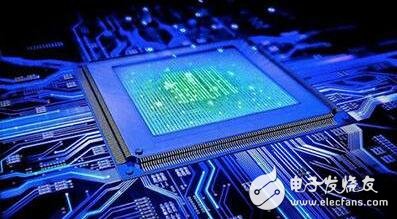
MPU (Microprocessor Unit) microprocessor
The central processing unit (CPU) in a microcomputer is called a microprocessor (MPU) and is a core component of a microcomputer. It can also be said to be the heart of a microcomputer. It plays the role of controlling the operation of the entire microcomputer, generating control signals to control the corresponding components, and performing corresponding operations.
In the microcomputer, the CPU is integrated on a VLSI chip, called a microprocessor (MPU), and the microprocessor is inserted in the cpu slot of the motherboard.
DSP (digital signal processor) is a unique microprocessor that uses digital signals to process large amounts of information. It works by receiving an analog signal and converting it to a digital signal of 0 or 1. The digital signal is modified, deleted, and enhanced, and the digital data is interpreted back into analog data or the actual environment format in other system chips. Not only is it programmable, but it can run tens of millions of complex instructions per second in real time, far surpassing general-purpose microprocessors, and is an increasingly important computer chip in the digital electronics world. Its powerful data processing capabilities and high operating speed are two of the most commendable features.
1. The core structure of the digital signal processor is further improved. Multi-channel architecture and single-instruction multiple data (SIMD) and very large instruction blocks (VLIM) will dominate the new high-performance processor, such as Analog Devices' ADSP. -2116x.
2. Fusion of DSP and microprocessor:
Microprocessors are low-cost, and general-purpose processors that perform intelligent directional control tasks perform intelligent control tasks well, but digital signal processing functions are poor. The function of the DSP is exactly the opposite. In many applications, both intelligent control and digital signal processing are required, such as digital cellular phones, which require monitoring and sound processing. Therefore, combining DSP and microprocessor to implement these two functions with a single-chip processor will accelerate the development of personal communication devices, smart phones, and wireless network products, while simplifying design, reducing PCB size, and reducing power consumption. And the cost of the entire system. For example, Motorola's DSP5665x with multiple processors, Massan's FILU-200 with coprocessor function, TI's TMS320C27xx that expands MCU functions into DSP and MCU functions, and Hitachi's SH-DSP are all DSPs. A product that is integrated with the MCU. Internet and multimedia applications will further accelerate this convergence process.
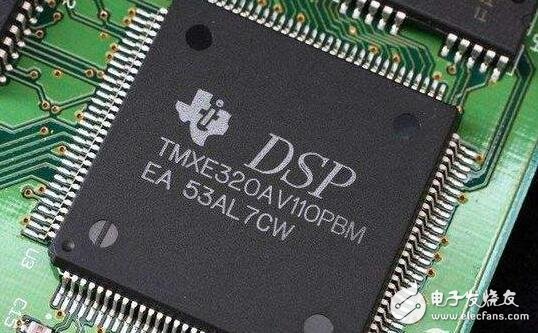
3. Fusion of DSP and high-end CPU:
Most high-end GPPs such as PenTIum and PowerPC are superscalar structures of the SIMD instruction set and are very fast. LSI Logic's LSI401Z uses high-end CPU branching and dynamic buffering technology, structural specifications, and is easy to program, so you don't have to worry about instruction queuing, which greatly improves performance. Intel's involvement in the digital signal processor space will accelerate this convergence.
4. Fusion of DSP and SOC:
SOC (System-On-Chip) refers to the integration of a system on a single chip. This system includes DSP and system interface software. For example, Virata purchased the ZSP400 processor core license from LSI Logic, and integrated it with system software such as USB, 10BASET, Ethernet, UART, GPIO, HDLC, etc. on the chip, and applied it on xDSL. Good economic benefits. As a result, SOC chips have sold very well in recent years, from 160 million in 1998 to 345 million in 1999. In 1999, approximately 39% of SOC products were used in communication systems. In the next few years, the SOC will grow at an average rate of 31% per year, and by 2004 it will reach 1.3 billion. Undoubtedly, SOC will become an increasingly dazzling star in the market.
5. Fusion of DSP and FPGA:
The FPGA is a field programmed gate array device. It is integrated with a DSP on a single chip to enable wideband signal processing and greatly improve signal processing speed. According to reports, Xilinx's Virtex-II FPGA can increase the Fast Fourier Transform (FFT) by more than 30 times. There are free FPGAs in the chip for programming. Xilinx has developed a high-performance core called the Turbo convolutional codec. Designers can integrate one or more Turbo cores in an FPGA, which supports multiple large data streams to meet the needs of third-generation (3G) WCDMA wireless base stations and handsets, while saving development time and enabling increased functionality or performance. The improvement is very easy. Therefore, it will be widely used in the fields of wireless communication, multimedia and the like.
Pressure Gauge Thermometer,Boiler Tanks In Tanks,Vapor Pressure Thermometer,Air Pressure Thermometer
ZHOUSHAN JIAERLING METER CO.,LTD , https://www.zsjrlmeter.com